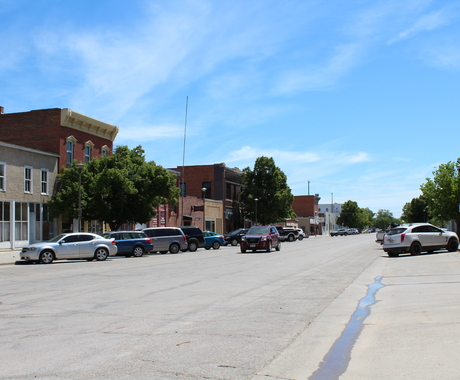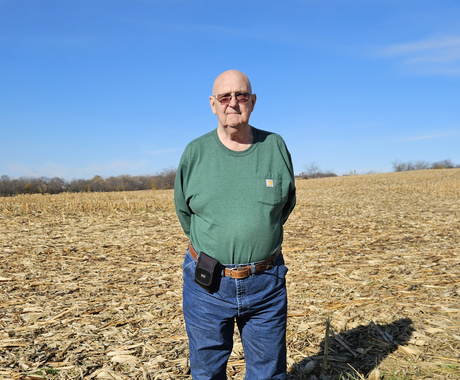President Trump’s budget released on May 23 demonstrates his lack of understanding and prioritization of the struggles of rural communities.
Although Trump won the presidency with broad support from rural voters, his budget proposes to zero out several programs that address the challenges of rural communities. Proposed cuts include reducing or eliminating support for rural small businesses and entrepreneurs and compromising anti-poverty programs that lead to healthy families.
Economic opportunity is a central struggle in rural communities: 85 percent of counties with persistent poverty are in rural areas, and rural communities still have not recovered the jobs they lost during the recession. Nearly one in four nonelderly rural residents are covered by Medicaid, a figure that grew nearly six percent with Medicaid expansion. Programs like the Supplemental Nutritional Assistance Program (SNAP) also serve as a lifeline for those living with limited incomes in rural areas, where an estimated 15 percent of households receive SNAP assistance. These critical assistance programs are both slated for decimating cuts under the proposed budget.
The budget retains deep cuts to U.S. Department of Agriculture (USDA) discretionary spending included in the initial budget blueprint, including eliminating activities of the government agency that builds rural economic opportunity: the Rural Business-Cooperative Service.
Rural Business-Cooperative Service administers several programs – including one that provides low-interest loans to rural entrepreneurs – all zeroed out in this budget proposal. This final budget goes a step further by eliminating additional mandatory spending, including support for the Rural Economic Development Program.
Earlier this month, U.S. Secretary of Agriculture Sonny Perdue proposed a reorganization of USDA that would eliminate the Undersecretary for Rural Development. He has described it as an ‘elevation’ of this function, but this promise rings hollow given the level of proposed funding cuts to rural development programs.
The president’s 2018 budget also proposes cuts that would reduce farmers’ and ranchers’ abilities to expand conservation practices.
Although many farmers and ranchers would like to enroll in conservation programs such as the Conservation Stewardship Program and the Environmental Quality Incentives Program, they face regular bottlenecks when local conservation offices are understaffed or overburdened. The president’s proposals to reduce funding for conservation programs and for local conservation staff would increase the backlog of conservation program delivery.
President Trump came to the presidency with the stated goal of “draining the swamp” and cutting federal spending. Instead, the new administration’s first budget proposal would drain support for rural America. We fear that these actions represent a lack of understanding of rural voters’ struggles. We urge President Trump, Secretary Perdue, and their teams to cease these actions that undercut rural Americans and rural communities.





